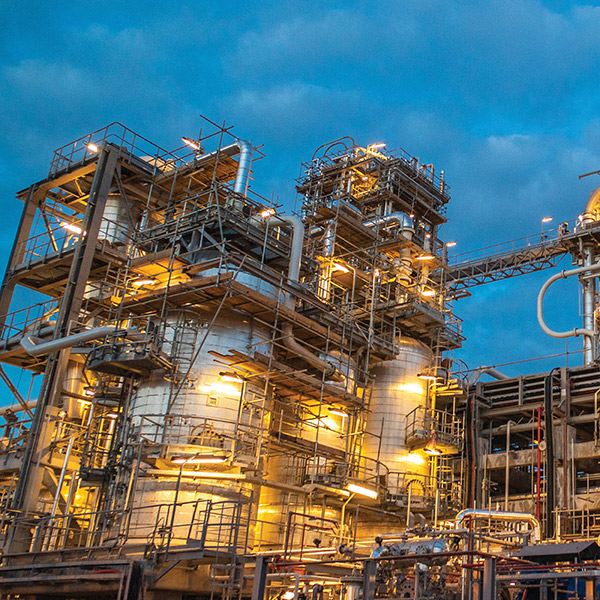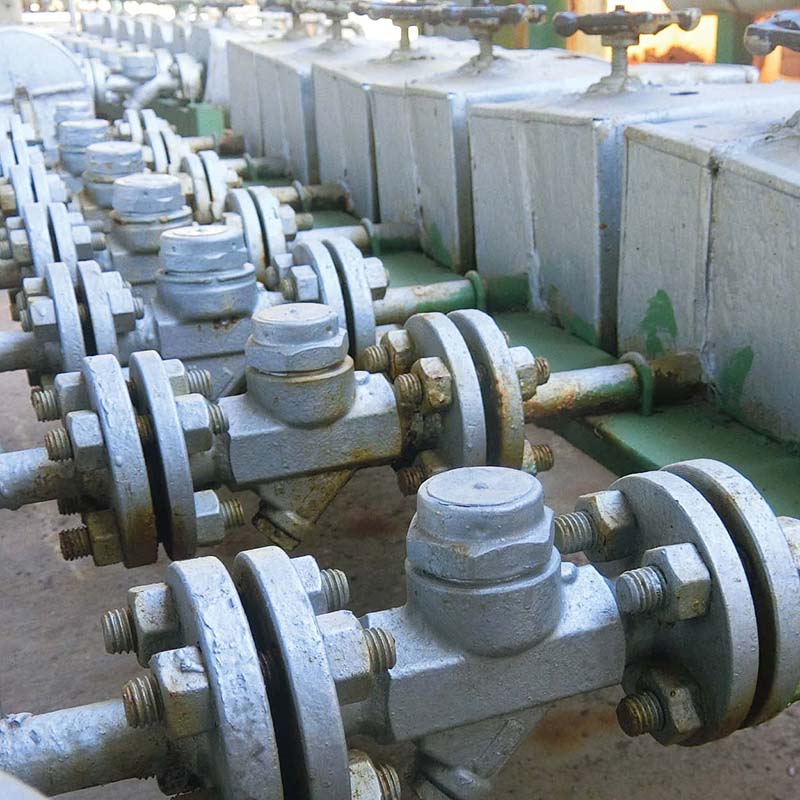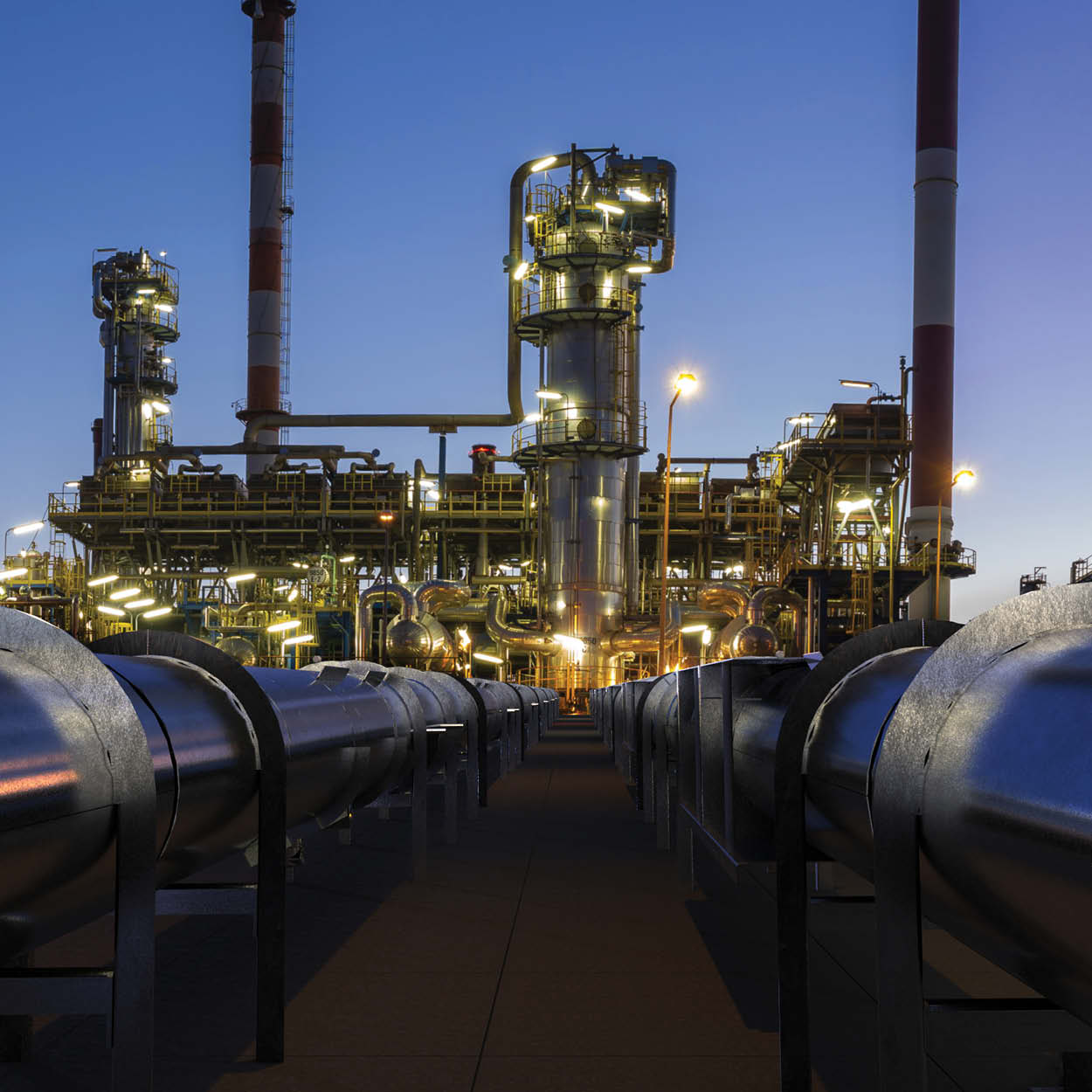
- KLINGER Australia
- Blogs
- Fugitive emissions: mitigating the risks at new and existing facilities
Fugitive emissions: mitigating the risks at new and existing facilities
It is a common belief that older production facilities or process areas are more prone to component integrity and leak problems. However, this assumption is not supported by KLINGER Atmeco research; covering numerous facilities of different types and ages that have experienced component integrity and leak problems.
Across various types of facilities, general leak risk factors may include:
- lines with high pressure streams
- process streams with light liquid or vapour
- increased component density
- regular and significant pressure fluctuations
- regular and significant temperature fluctuations
- corrosive environments (internal or external)
- component locations with high vibration
- frequently operated or disturbed components
Aggregate component integrity leak risk at a facility is also influenced by the following factors, for both new and existing facilities.
Emission risks: newly constructed facilities
Incorrect installation
KLINGER Atmeco surveys of newly commissioned plants consistently found leaks resulting from inadequate QA/QC. Things as simple as correct torque application to studs are often neglected or not checked through a competent QA/QC program.
Poor component or packing specification
Over the last decade the quality of valves and similar basic components have, on average, reduced.
The associated poor operational performance is often the result of using low-cost sub-suppliers to valve and component manufacturers.
Also a factor is the use of low-cost or old-style gland packings, seals, and gaskets. Most reputable manufacturers have high performance materials with low leak properties and long life. They cost a little more upfront and so, to reduce project CAPEX, these materials are often not specified in the original design.
Reliance on pre-startup inert gas leak testing only
Pre-startup testing of facilities with inert gas is not as effective as the actual hydrocarbon leak surveys completed once facilities are active.
The true operational leak profile can only be properly assessed once facilities are active at their operational temperatures and pressures, and once lines have expanded and contracted to their operating dimensions.
KLINGER Atmeco supervises pre-startup inert testing and conducts post-startup leak surveys, and so is able to compare results before and after commissioning.
Contract omission
Failure to contractually require construction contractors to check component integrity once systems are pressurized and operational, and to require fixing of identified leaks at this stage, is a major and unnecessary addition to facility risks.
Emission risks – established facilities
The above ‘new facility’ leak risk factors also apply to re-starts after shuts and turnarounds on existing plants. One additional major factor applies to established facilities.
Inconsistent or poor facility maintenance
The quality of ongoing facility maintenance is the single most important factor in leak risk reduction. Many potential leaks can be avoided through regular, standard plant inspections and routine plant turnarounds or squats.
A robust component integrity management system (CIMS) is a major factor in reducing emission risks at new or existing facilities, and the absence of such a program is itself a risk.
Identifying the likely cause of emissions occurring at a facility is the first step towards emission management. Conducting an LDAR (leak detection and repair) program will help identify and control emissions caused by equipment leaks.
KLINGER Atmeco Integrity Services LDAR professionals execute leak inspections of valves, flanges, pumps, compressors, connectors, sampling connections, pressure relief devices and open-ended lines using equipment and procedures that conform to EPA requirements. View some of the clients we have helped with emission management and asset integrity solutions. Read more about KLINGER Atmeco and emission management.
Component Integrity Management System (CIMS)
Share this article on social
Read related blogs
Have any questions?
Get in touch with KLINGER Atmeco; the leading service provider of end to end emission management and asset integrity solutions.
Call 1300 798 279 (within Australia)
+61 8 9251 1600 (outside Australia)
OR send us your enquiry




